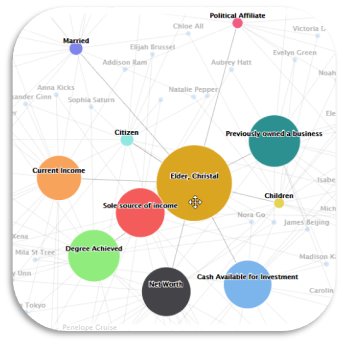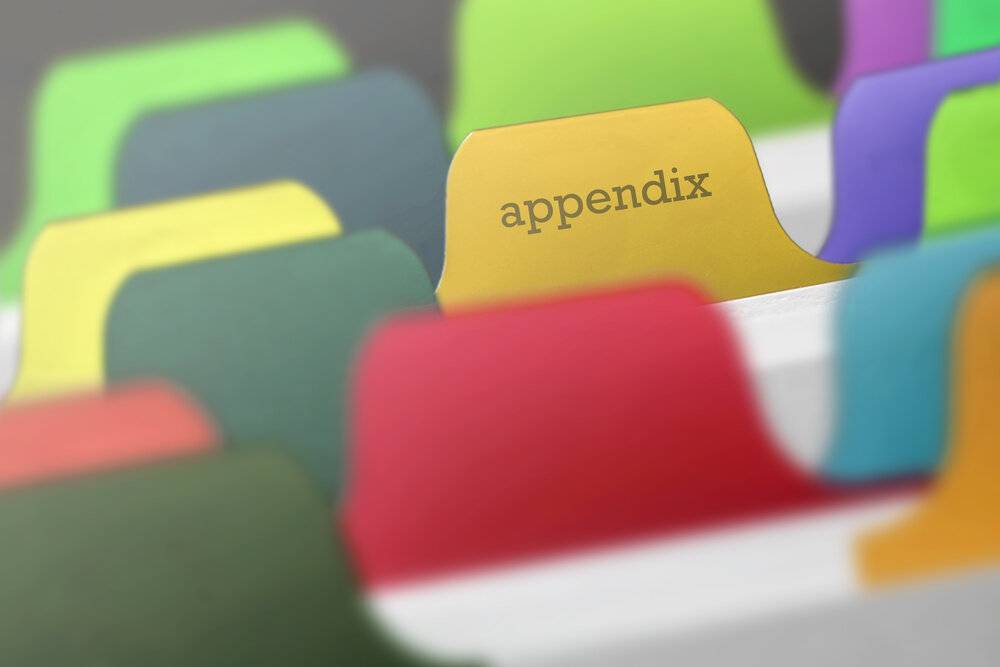Photos can tell a thousand words. You have all the reasons to visually document a construction project from start to finish. In fact, you don’t need constant emails from contractors. You can see what’s going on as you monitor the construction site remotely. Find out why smart project managers prioritize construction photo documentation.
The Ideal Construction Photo Documentation Strategy
Synuma, a cloud-based platform, provides instant access to a construction site. You can incorporate a complete visual record of your building project. What’s more, you get to view it anytime and anywhere.
These are the most important features of a construction photo documentation plan:

-
All photos need to have inspection-grade detail
-
Images must be organized in line with the project plans, date, and location
-
Use of professional photographers for quality images
-
Site activities should go uninterrupted during photography
-
All the records are printable, shareable, and downloadable
-
Photos are stored in a secure cloud-based platform
The Significance of Construction Photo Documentation
Different construction teams face different challenges. Projects can be very complex, from laying the foundation to MEP installation. Even the slightest mistake can cost a fortune.
From subcontractors to team members, everyone carries a specific task. Often, the crew rotates once they are done with their part. Sometimes, mishaps happen and some activities are left undone. In other scenarios, the inevitable happens such as construction weather delays. This calls for the creation of a punch list.
To navigate these complexities, a project must be visually documented. Here are 3 benefits of construction photo documentation.
1. Spotting Errors Right Away
Small mistakes, when left unattended, can compound into a huge monetary cost. That’s why you must direct your team to create punch lists more often. This should be followed by a proactive review of documented photos. It helps to highlight minor errors, thereby ensuring that all goes according to plan.
How often should you review visual documentation? This depends on the complexity of the project you are supervising. For instance, a bigger project requires more frequent reviews of visual documents. By catching problems immediately, you’ll be saving a lot of time and money.
2. Resolving Disputes
Visual evidence is a game changer when it comes to dispute resolution. When an issue shows up in the construction punch list software, it becomes easier to trace it back to its origin. The best thing about construction photo documentation is that it shows exactly where the problem lies.
Moreover, you can tell who was in charge when the error occurred. Knowing the person responsible for a particular mishap can help to resolve misunderstandings.
3. Capturing Knowledge Effectively
Visual documentation provides an opportunity to capture critical data. The property owner wants to know where the cables, conduits, and studs run behind the walls. It becomes easier to track changes made throughout the construction process.
Your teams should use visual information to communicate. Suppose the ceiling starts to leak. A new plumber may not know how long it would take to fix it unless they know where the plumbing systems are installed. Lack of visual documentation forces the facilities team to dig holes in ceilings, floors, and walls. This often leads to costly explorations.
Stop Second Guessing the Progress of a Construction Process
Do you want to build undisputable, bulletproof records? Tired of constantly emailing the construction crew for updates? You need real-time photographic records to support the progress of a project.
Imagine organizing all footages captured throughout a project life cycle. This means you will always be aware of everything going on at the site. No more guesswork. Simply direct your teams to capture live feeds.













